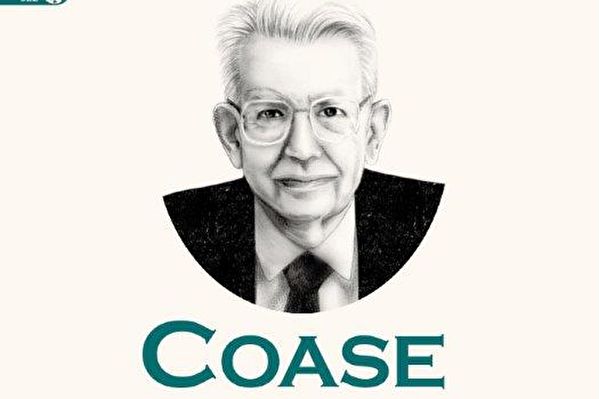In the world of economics, jokes and sarcastic remarks about economists seem to be abundant, but one particularly interesting story involves two so-called “economists” walking side by side on a path. One walks with head held high while the other keeps his head down. Suddenly, the one with his head down says, “There’s ten dollars on the side of the road!” The one with his head held high immediately responds, “No, there isn’t!” The other insists, “Yes, there is!” to which the first economist argues, “Impossible! If there really was ten dollars, someone would have picked it up long ago.”
This joke can be interpreted in various ways, but to me, it appears to be a satire on how economics is often seen as a theoretical discipline detached from practical reality. Economists are portrayed as dreamers locked within an “ivory tower,” oblivious to real-world events. While this perspective may be considered exaggerated, it does hold some truth. Scholars like Hayek from the Austrian school have expressed concerns about applying rigid scientific analysis methods to economics to understand the behaviors of real, flesh-and-blood human beings.
Fortunately, in recent decades, there has been a shift towards introspection, marked by the emergence of the so-called “new economists” who conducted a thorough reassessment of individual economics. This shift, coupled with the global trend towards free markets, has illuminated the field of “new economics.” The recognition received by economists such as Buchanan, Coase, Becker, Fogel, and North through consecutive Nobel Prizes in Economics signifies a reorientation towards applying economic theories to real-life situations, reconnecting with practical matters.
Among these figures, Coase stands out as a representative example. He often uses the term “blackboard economics” to mock the dominance of mathematical models in economics, choosing instead to analyze economic phenomena through text without relying on mathematics or graphs, focusing on real societal issues. Coase emphasizes quality over quantity, with his concise yet impactful essays challenging traditional analytical methods and focusing on the essence of firms, industries, and markets.
Coase’s seminal work, “Firms, Markets, and Law,” compiles his most influential essays, including core pieces on the nature of firms, marginal cost disputes, and social cost issues. These essays generally express a consistent viewpoint that reflects Coase’s keen interest in economic theories related to firms, industries, and markets. He critiques the conventional analytical approach in economics, questioning the detachment of economic theory from practical realities and the discrepancy between economic rationality and human behavior observed in everyday life.
His essays do not delve into the characteristics of individual preferences, as Coase believes that the economic field is not yet equipped to address this issue effectively. He also raises concerns about the neglect of organizational dynamics, specifically the crucial roles played by firms and markets in the economic structure. Coase’s collected essays aim to apply existing economic theories to examine the roles of firms, markets, and law in the functioning of the economic system, rather than revolutionizing current economic theories.
Although Coase’s essays are presented in an elegant and prose-oriented manner without mathematical symbols or diagrams, making them challenging for readers, they are both interesting and enlightening. Readers willing to accept the challenge and enjoy the enlightening experience should muster the courage to delve into these essays, even if it requires time and effort to fully comprehend Coase’s profound insights.

